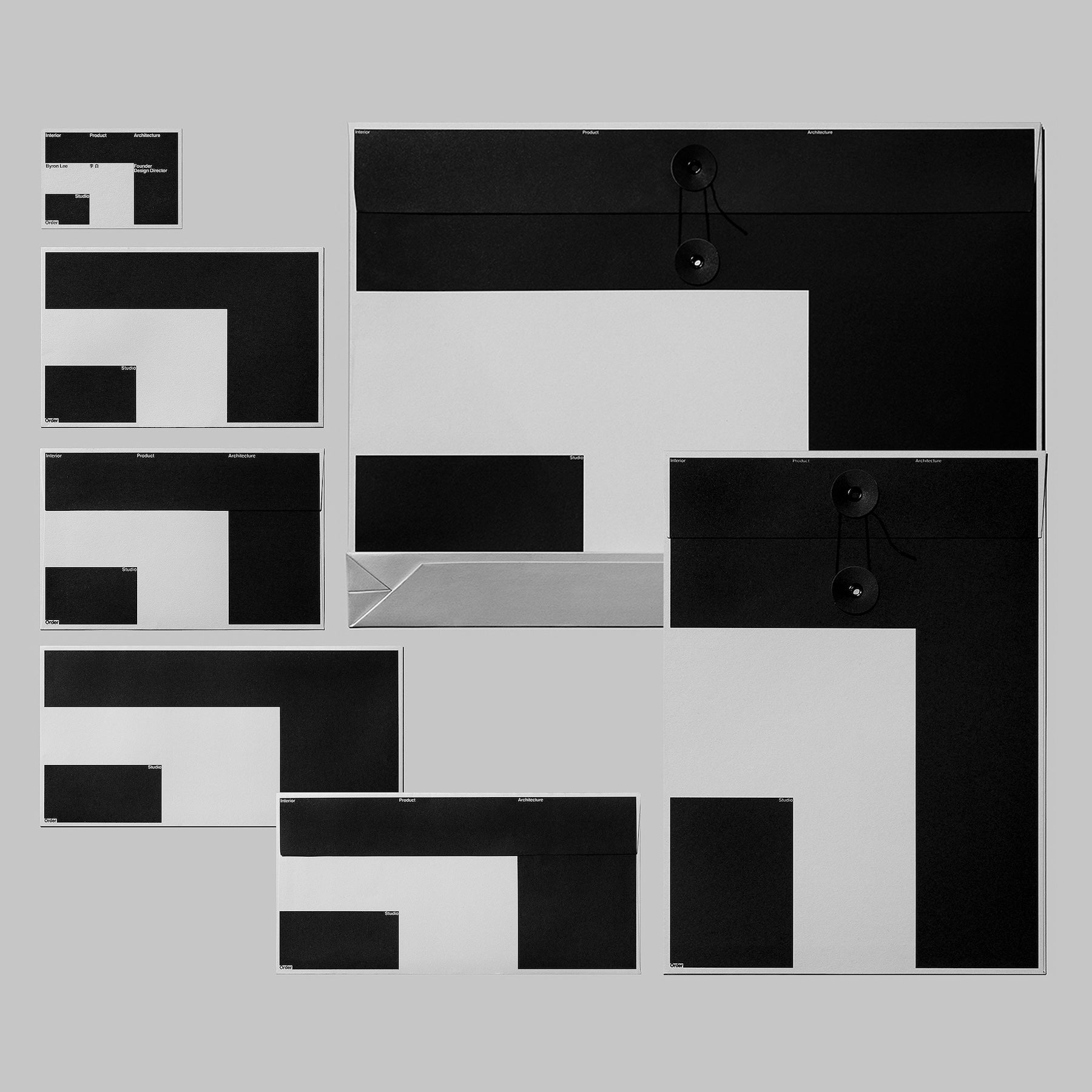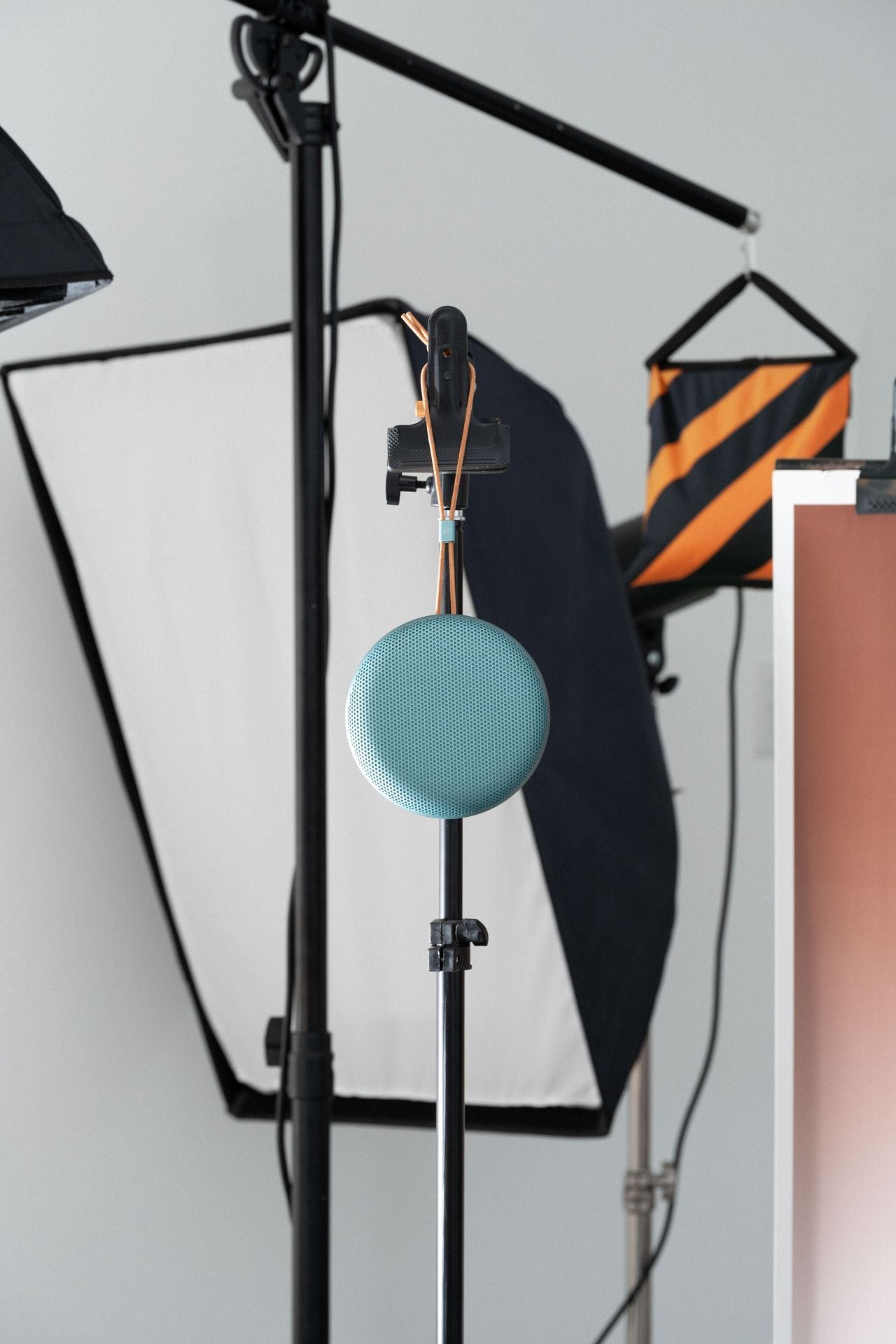
Interview: Han Gao (Co-founder of Workbyworks) -Creating a Dynamic Design Language-
After gaining experience at a top design studio in China, he founded Workbyworks.studio with programmer Wenbo Yi. He is currently based in New York. He creates a new design language from a systematic perspective, and his dynamic designs are a major influence from Japanese culture, including Ghibli movies, Japanese cityscapes, and package design. We interviewed Han Gao, co-founder of Workbyworks.
Tell us about the founding of Workbyworks and what is the vision and mission of the studio?
Workbyworks is an extension of my design practice. I founded Workbyworks.studio together with my friend Wenbo Yi, who is also a programmer. Our vision is to invent a new design language from a systematic perspective and express a more dynamic design language in the industry.

How did you get started in design? What has been the most influential experience in your career so far?
I was interested in design from a young age. I loved to look at the details of products in the house and think about why they were designed the way they were. The day I decided to do only what I love, I started designing.
The most influential experience in my career was working for two years at a top design studio in China, where I learned a lot from its founders, Yu Guang and Nod Young, who have become my mentors and friends.

How did your interest in Japan begin? What were your impressions when you first visited Japan?
Ghibli movies were what first sparked my interest in Japan. But it was the first time I landed in Tokyo 10 years ago that really sparked my interest in the city. I was impressed by the colorful signs at the airport, the beautiful and clean streets, and the specially designed snack packaging at 7-Eleven.

What aspects or elements of Japanese culture have influenced your design? Can you give us some specific examples?
The sense of shapes and colors in Japanese culture has had a huge influence on my designs. It's hard to give specific examples, but I get inspiration from multiple different sources. For example, after staying in Japan for 10 days, I build my own vision based on my impressions of Japanese traffic signs, packaging, food, architecture, the sound and way of speaking of the Japanese language, etc.

You are considering moving to Japan. Can you tell us the reasons and background behind this?
I've traveled all over the world and visited several cities, but so far the only places I want to live are New York and Tokyo. Each has its own unique charm. The main reason I'm thinking about moving to Japan is my love for the country. However, I'm also worried that if I enjoy Japan too much, it will take away from the fun of traveling there. It's a very difficult decision.

What do you think about the Japanese design and art scene? Are there any particular artists or designers that have influenced you?
There are many Japanese graphic designers that I like. Each one inspires me in a different way. I would like to mention two here: Kazunari Kitagawa and Kazunari Hattori.

What kind of music do you usually listen to and when?
I like a lot of different kinds of music. Jazz, techno, ambient, hip hop, classical, all kinds of music. But I listen to certain music at certain times and places. It depends on my mood. It's like pairing wine with food. I like listening to music while I'm wandering around the city. Listening to music while watching different things happening around me is very fulfilling and relaxing.
How is Japanese aesthetics and philosophy incorporated into Workbyworks' work? Can you give us some concrete examples of projects?
My past travel experiences, especially those in Japan, are always in my mind during the design process. An example of my work that captures the Japanese aesthetic is the poster design for my recent talk "On the move" in Shibuya. The visual language is based on my impressions of Japanese traffic signs, colors and use of lettering.

How do you feel about the design scene in New York and Japan? What are the similarities and differences between the two?
The design industry in New York and Japan is quite different. For example, the relationship between clients and designers is the first thing that comes to mind. I've heard that in Japan, clients respect the expertise and efforts of designers more than anywhere else. They accept the designer's work as it is, just like enjoying what the sushi chef offers at the sushi counter. On the other hand, in New York, we often work together as a team. I like both equally.

Q9. Do you have any ideas for future projects or collaborations you would like to pursue in Japan?
I would like to work with Japanese artists and galleries. From there, I am also thinking about collaborating with restaurants, cafes and hotels. I have a pretty concrete outline in my mind.
< 
